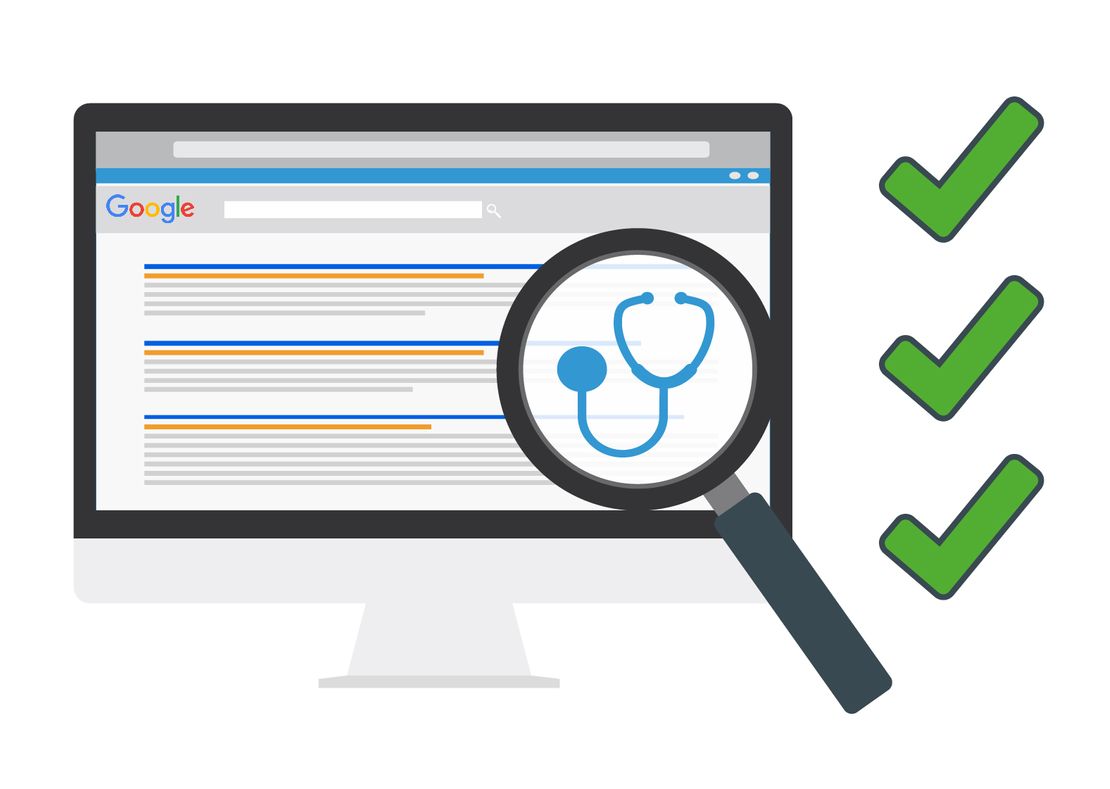With each new year comes new medical web design trends, and in 2016 responsive design has officially taken over the web. A responsive web design “responds” to the screen size of a variety of devices, making it easy to navigate the same website on a smartphone, tablet, or desktop computer.
As a result, it is now even more important for optimal search engine results and exemplary user experience. Current and potential patients are able to interact with responsive sites on all devices, so if your medical practice hasn’t already taken advantage of responsive design, now is the time do so.
When transitioning to or updating your responsive design, be sure to consider these five key trends for your medical website:
1. Mobile-First Approach
Mobile devices are the front-runner when it comes to online browsing. According to a ComScore report, the amount of mobile-only users is gaining, but the desktop-only population is declining at an even faster rate, which tells us that mobile is becoming the preferred device for internet access. Mobile-first design for your practice will make your website more flexible and easily allow patients to interact and engage. Ultimately, mobile design should no longer be considered an afterthought, but instead made the first priority in any web design process.
2. Content-Centered Design
Your responsive design should be adapted to fit your content, not the other way around. Starting with content will help you prioritize the most important elements of your website, and also make it easier to focus on your goals. A critical factor in the layout decisions for your website is knowing what content you want to highlight. It is not necessary to have the content finalized for your site, but you should have a good idea of what your website content will consist of.
3. Flat Design
Expect to see flat web design continue in 2016 for both responsive design and mobile apps. Sites that are already flat are going to get even flatter, including icons, images, and other design elements. Flat designs are not only easier to see or read on smaller devices, but they also aid websites in loading faster, weighing less, and allowing users to view content more effectively.
4. Less Is More
Although many pages with important keywords can be beneficial for medical SEO purposes, large websites are sometimes confusing for the user and difficult to update. This causes outdated content that is often abandoned or is taking up valuable space. Responsive design is shifting to smaller, concentrated web designs with less irrelevant content, which often can distract the visitor. As a bonus, the load time of a smaller website on a mobile device is much faster.
5. Hero Images
[related_content]
Hero images are one of the best ways to grab a potential patient’s attention. Some designs include a large hero image that takes up the entire width and height of a screen. On the other hand, some sites forego a hero image altogether and elect to use bold colors with text instead. There are advantages and disadvantages to each approach. While a big hero image is visually appealing, it may cause a site to load slower. On the other hand, foregoing a hero image is less complex and helps the site load faster; however, the design will not be as visually rich as one with a hero image. Equally valid, both of these approaches are likely to remain popular in 2016 for medical responsive design.
These five trends in responsive web design will define your medical website’s success online in 2016. Each trend is crucial for attracting new patients, increasing visibility, and maintaining authority on the web, so your practice should start taking advantage of these benefits as soon as possible.
Is your practice ready to upgrade to a responsive medical web design? Contact us today to find out how we can help.




